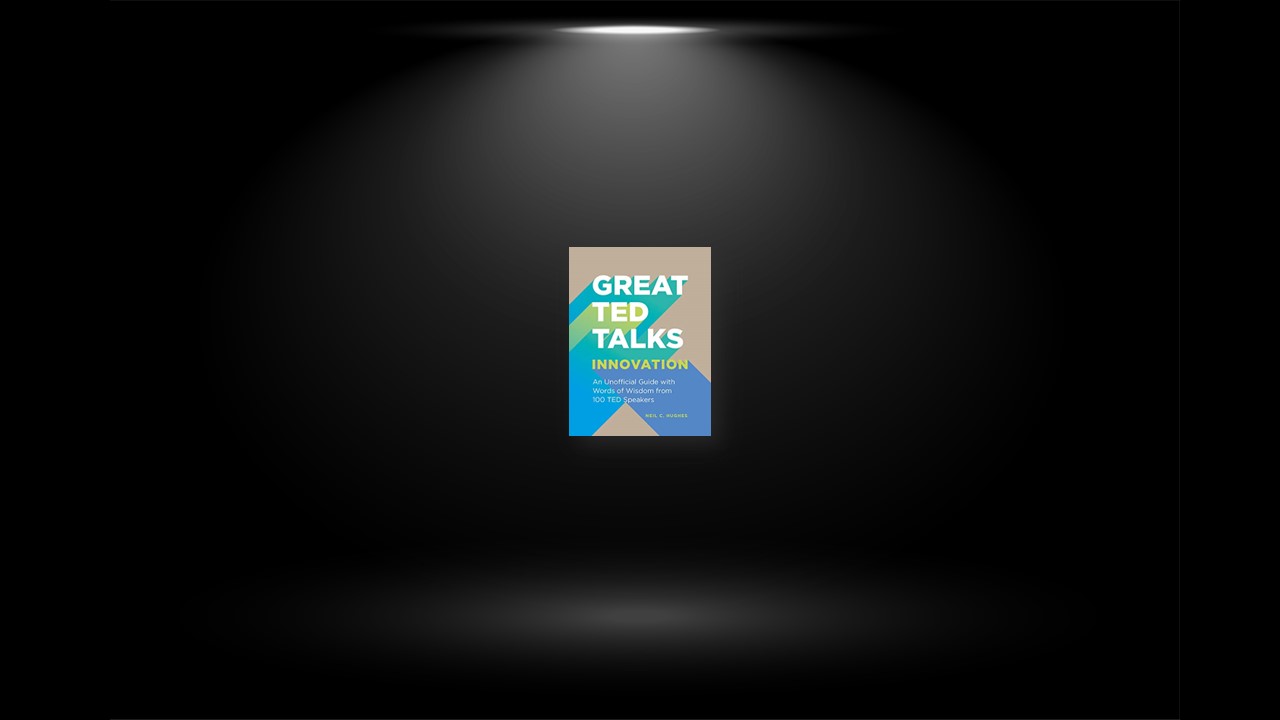Exploration and Exploitation
Is it possible to run a company and reinvent it at the same time? This is a question business strategist Knut Haanaes asked the audience of his talk. The reality is that most companies become less innovative as they become more competent. But in a digital age where companies must disrupt or be disrupted, something has to change.
Netflix famously built a thriving business by sending DVDs through the mail to millions of subscribers. It even offered itself for acquisition to Blockbuster for $50 million; Blockbuster declined the offer, and we all know how that story ended. In his talk, Haanaes advises, “I think they will always keep pushing for the next battle.”
By merely embracing exploration and exploitation, it becomes much easier to run a successful business and innovate at the same time. Exploration is about coming up with what’s new. It’s about search and it’s about discovery. It’s about new products, it’s about new innovations. It’s about changing your frontiers.
By contrast, exploitation is taking the knowledge you have and making good, better. Exploitation is about making trains run on time. It’s about making improved products faster and cheaper. Balancing exploration and exploitation will help prevent your business from falling into the success traps and running on autopilot.
That Eureka Moment
We have all experienced a flash of insight or an epiphany. These light bulb moments suggest that an idea is a single thing; often it’s something that happens in a beautiful illuminating moment. But author Steven Johnson believes it’s often much more complicated than that.
In his talk, Johnson advises, “We take ideas from other people, from people we’ve learned from, from people we run into in the coffee shop, and we stitch them together into new forms and we create something new. That’s where innovation happens.”
Google employees are encouraged to work on whatever they want for 20 percent of their time in the office. The policy inspires innovative projects and brings people together. Often these hunch-cultivating mechanisms create something completely different when several ideas are put into one big pot. By incentivizing employees to come up with more ideas, the culture is naturally more innovative.
Johnson believes in the unplanned emergent, unpredictable power of open innovative systems: “When you build them right, they lead to new directions that the creators never even dreamed of.”
Seventh-grader Sarah Darby offers an alternative school of thought and suggests that it has all been done before. For her, the real groundbreaking innovation resides in how you piece together the fragments of those old ideas.
Disrupt or be Disrupted
Uber disrupted the global taxi industry without owning a single car. The world’s largest accommodation provider, Airbnb, is currently offering six million rooms but it doesn’t own any property. Equally, retailer Alibaba doesn’t carry any stock. How can businesses replicate the same spirit of hyper-innovation?
Business transformation expert Stefan Gross-Selbeck asks the question, “How can a start-up consisting of just a few people and barely any resources outcompete a big global company when it comes to digital innovation?” One of the biggest things holding businesses back is accepting that failure is a part of reality.
In start-up life, the motto is “fail fast, succeed faster.” Failure is embraced as a learning opportunity when racing ahead to secure a competitive advantage. Larger corporations are much more cautious and nervous about investing time and resources into new ways of working.
In his talk, Gross-Selbeck offers a warning to businesses that are fearful of change: “If you are a manager in a big company, I think you have a choice. You can either try to look and learn from start-ups and improve your ability to discover new business models. Or just sit back and relax and watch how software eats the world until someone makes your lunch.” It seems to me that the only thing to be afraid of is doing nothing at all.
Work with your Customers not Against Them
Way back in 2009, in the wake of the U.S. financial crisis of 2007–08, CEO and columnist John Gerzema delivered a talk about what he called the great unwind. With thirteen trillion dollars in wealth having evaporated in just two years, people were beginning to question capitalism. This was the moment that the consumer was starting to take back control and demand total transparency.
Gerzema predicted that brands would be forced to build longer-lasting products and create better, more intuitive customer service. He also said technology would enable us to connect with companies that share the values that we share. A decade later, Nancy Rademaker revealed that every single company now had got a new boss: the customer. In her talk, Rademaker shows how we, as self-centered and on-demand customers require companies to deliver exceptional customer experiences. If they don’t, they become obsolete. Elsewhere, Dr. Gerry Power talks about how he believes that ideas and creativity are the lifeblood of society.
Trust, privacy, and transparency are becoming the new currency. Insight, innovation, and change are now becoming impossible for brands and businesses of all sizes to ignore. Content is no longer king; it’s providing customers with value that will help you win the hearts and minds of your audience.
Don’t Just Break the Rules, Create New Ones
Community-engaged digital entrepreneur Kyle Gundrum delivered a few home truths in his talk about our social skills, or should I say lack of them. We have all heard personal and professional introductions that go something like “Hi, my name is …and my role is…” Kyle argues that it’s boring. It is not unique, and it’s not interesting. We basically reiterate things about ourselves that others can find out about us on our LinkedIn profiles or our resumes.
Although we are living in a hyperconnected world, we’re not actually connecting and don’t even talk to people in public. Gundrum believes that we need to rewrite the social rule book. He also asks, “Are you uplifting the community with your interactions? Are you a social catalyst? How could you be more of one? Do you feel connected to the community? And are you building the community?”
Echoing thoughts expressed by Kio Stark, by starting to have more meaningful conversations, you are not actually breaking the rules. You are creating new ones that say; it’s okay to talk to people in public, instead of scrolling aimlessly down your smartphone.
Intersecting with someone is not just a relationship opportunity. If you are looking for new business ideas, different points of view, or how to innovate more effectively—make a new rule to start talking to strangers.
Focus on Today
Innovating is exciting. But it is also incredibly easy to fall into the trap of getting overwhelmed with excitement. Having newsfeeds bombarded with emerging technologies such as 5G, AI, Machine Learning, and Blockchain doesn’t help either. Rather than gazing into a crystal ball, entrepreneur Joi Ito urges us all to be a now-ist rather than a futurist.
It’s easy to lose your way after being distracted by the next big thing. But Ito uses his talk to share the lessons that he has learned. “Create in the moment: build quickly and improve constantly, without waiting for permission or for proof that you have the right idea.”
For those who frequently feel overwhelmed at the breakneck speed of change, Ito also has some reassuring advice. “Even though the world is extremely complex, what you need to do is very simple. I think it’s about stopping this notion that you need to plan everything, and you need to be so prepared. Focus on being connected, always learning, fully aware, and super present.”
Arika Shiga also advises how to master the art of living in the moment and how to make the necessary changes in her talk. But, remember the best way of predicting the future is to create it today.


